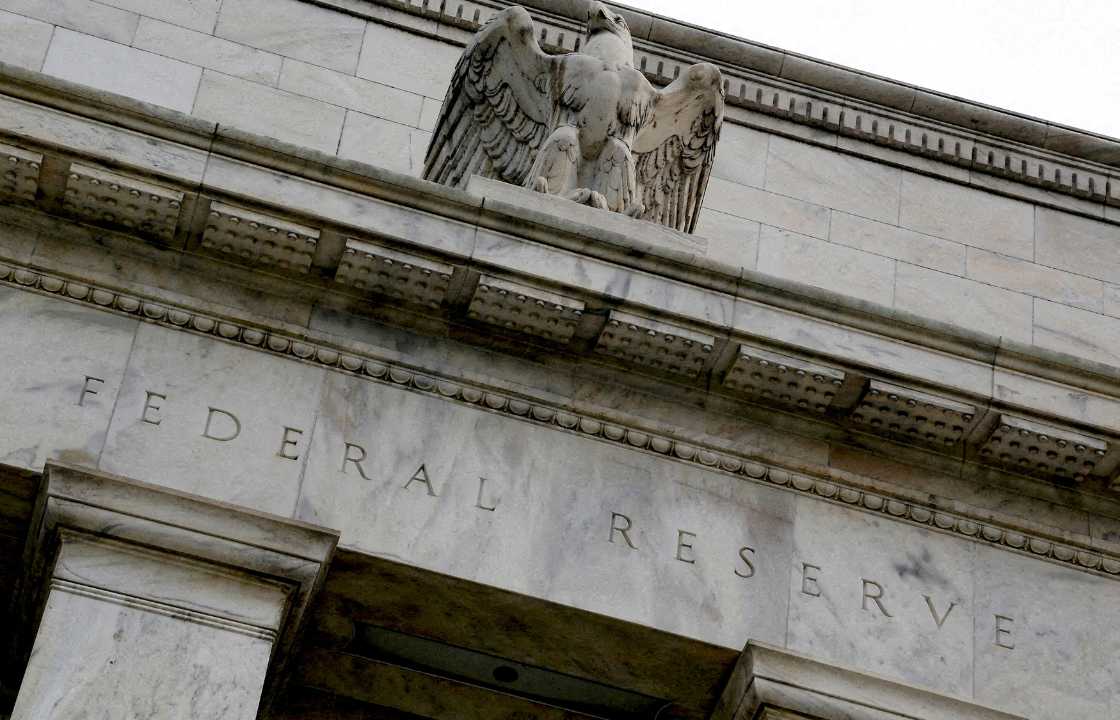Following a series of notable banking failures earlier this year, the central bank of the United States has been rigorously examining the resilience of retail banks under financial distress.
The U.S. Federal Reserve concluded that all 23 of the nation’s leading banks could withstand an intense economic downturn, based on its recently conducted “stress tests.” The findings, published on June 28, did indicate some vulnerabilities among the medium-sized and regional banks. Nonetheless, the tests only mandated the participation of the 23 largest lending institutions in the nation.
In response to the banking turmoil that occurred earlier this year, Federal Reserve policymakers have hinted that future stress tests may be more stringent.
In a statement, Michael Barr, the Fed’s vice chair for supervision, emphasized the need for constant vigilance:
“We should always be mindful of unexpected risks and persist in our efforts to ensure that banks can endure various economic conditions, market disruptions, and other stressors.”
Annual bank stress tests have been a standard practice since the 2008 financial meltdown, primarily triggered by U.S. banks. These tests aim to assess the potential losses in the banking sector if there were an extreme rise in unemployment and a drastic contraction in economic activity.
In the recent stress test, the Fed simulated a severe global recession scenario that caused a 40% and 38% slump in commercial and residential property prices respectively. In the most dire scenario, unemployment would surge to 10% — it currently stands at 3.7%.
Under such conditions, the 23 largest banks would suffer a collective loss of $541 billion, according to the stress test results.
As per the Federal Reserve’s regulations, a bank needs to maintain a stressed capital ratio of at least 4.5% to pass the test. Capital ratios serve as a crucial gauge of a bank’s financial health.
The U.S. banking landscape experienced considerable turmoil earlier this year with several significant failures including Silicon Valley Bank, Signature Bank, Silvergate Bank, and First Republic Bank. Other banking institutions such as PacWest and Western Alliance were also seen to be on unstable footing.
In response to this, the Fed initiated a series of rescue measures for smaller banks this year through its Bank Term Funding Program (BTFP), launched in March.
The Federal Reserve data indicates that more than $100 billion has already been allocated to support struggling small and mid-sized banks.

